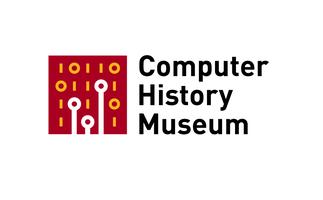The Age of Edison: Electric Light and the Invention of Modern America Author Ernest Freeberg in conversation with Museum CEO John Hollar
February 26, 2013
 The late nineteenth century was a period of explosive technological creativity, but arguably the most important invention of all was Thomas Edison’s incandescent light bulb. Unveiled in his Menlo Park, New Jersey, laboratory in 1879, the light bulb overwhelmed the American public with the sense of the birth of a new age. More than any other invention, the electric light marked the arrival of modernity.
The late nineteenth century was a period of explosive technological creativity, but arguably the most important invention of all was Thomas Edison’s incandescent light bulb. Unveiled in his Menlo Park, New Jersey, laboratory in 1879, the light bulb overwhelmed the American public with the sense of the birth of a new age. More than any other invention, the electric light marked the arrival of modernity.
The Age of Edison places the story of Edison’s invention in the context of a technological revolution that transformed America and Europe in these decades. Edison and his fellow inventors emerged from a culture shaped by broad public education, a lively popular press that took an interest in science and technology, and an American patent system that encouraged innovation and democratized the benefits of invention. And in the end, as Freeberg shows, Edison’s greatest invention was not any single technology, but rather his reinvention of the process itself.
Freeberg weaves a narrative that reaches from Coney Island and Broadway to the tiniest towns of rural America, tracing the progress of electric light through the reactions of everyone who saw it. It is a quintessentially American story of ingenuity, ambition, and possibility, in which the greater forces of progress and change are made visible by one of our most humble and ubiquitous objects.
Please join us as we welcome Ernest Freeberg, the distinguished professor and historian, for a conversation with John Hollar about the technological revolution Edison’s light bulb unleashed.
We are very pleased that KQED FM will be onsite taping this event for broadcast Thursday, April 11 at 8pm.
We are very pleased that our partner Kepler’s will be on hand selling copies of the Age of Edison before and after this event, with a author book signing to follow.